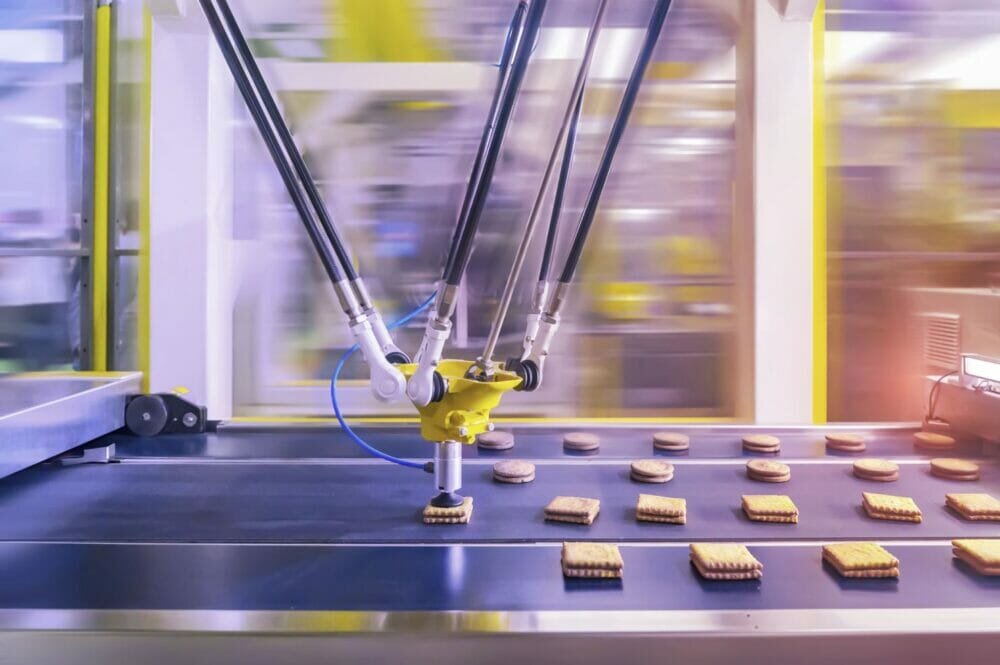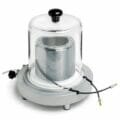Across the industrial landscape manufacturers are constantly seeking to increase their operational gains. They do this by reducing energy consumption and waste and improving their product quality and process efficiencies. All while delivering top quality products at the right place, at the right time, and at the right price. The need for continuous improvement is perhaps most acute in the ever-changing sector of food manufacturing, where production output must remain high while new technologies are brought to bear.
So, what is the right software approach for food manufacturers? It was previously believed that continuous improvement could be achieved with an Enterprise Resource Planning (ERP) system alone, removing the need for a Manufacturing Execution System (MES), but this approach won’t offer the desired, rapid, enterprise-wide benefits available in the era of Digital Transformation.
Ongoing battle
An ERP platform is capable of integrating a set of applications that are used to manage processes; this can cover everything from sales, purchasing and finance to human resources. The goal is to create a central data repository which acts as a planning resource for the enterprise. Armed with information from their ERP system, food manufacturers can calculate how much it costs to produce a specific product and the materials needed. They will also be able to predict how many employees are needed for continuous operations, and plan accordingly. There’s no doubt that ERP is a powerful tool. Unlike MES, though, ERP software is not capable of reporting real-time conditions of the manufacturing process and presenting information that enables operators to make informed decisions.
Plant managers and machine operators who need real-time actionable intelligence should turn to MES. By providing end-to-end monitoring of manufacturing processes, MES software opens the route to continuous improvement at the plant level. With an effective MES solution, operators have the tools to maximise profitability, flexibility, quality, and compliance with an unrivaled insight into the physical equipment available on the factory floor.
With all this information in place and the ability to make improvements, food manufacturers may ask, why do I need the ERP system as well?
United front
For food manufacturers looking to stay competitive a combined approach is the only way to achieve business-wide continuous improvement. Both software platforms play an important role and work better when deployed together. As an example, if a production line is introducing a new product, the ERP can show how much raw material is needed and how much product would be produced. The MES on the other hand can tell operators on the factory floor how this new product is impacting the systems; if it is adding strain to an asset; if a machine is running at a higher temperature; if there is a knock-on effect to the rest of the enterprise or any number of machine level variables.
With the added overview and supply chain knowledge made possible through the right ERP platform, any number of machine level issues can be easily contextualised against the whole enterprise. With the new production line example, if an issue occurred that slowed production, the MES software looks at the machine level and the ERP platform takes this data and turns it into actionable information. Slowdown in production could have a knock-on effect to perishable ingredients, and the ERP would advise on altering production planning to ensure the manufacturer doesn’t suffer from unnecessary waste.
On the way to Digital Transformation success
This is just one small example of how a combined platform would work to solve a production issue, but the benefits of the combination of an MES and ERP system stretch across enterprises of any size. Small manufacturers that make a specialised single product with customisation can keep a close eye on costs at the top level while simultaneously improving efficiency with intelligence from the plant floor – something that can’t be achieved with an ERP alone. On the other end of the spectrum, a large global enterprise with multiple facilities can break down information silos that often occur with spread assets.
With a single ERP approach an owner could see how one facility compares with the rest of the enterprise, if it is under-performing this would signal that improvements need to be made. With a combined MES the owner can see intelligence from the plant floor, learning how the environmental differences of each facility impact production and continually seeking to create optimal conditions and replicate best practices from site to site.
Digital transformation is a company-wide progressive culture change. Everyone affected by the process, from CEO to operator, is part of the journey. By deploying MES and ERP together, a food manufacturing enterprise can adapt quickly to the ever-changing needs of the market while operating in a cost-effective and efficient manner. Intelligence at every level provides the tools to owners and operators to implement proactive maintenance and continuous improvement initiatives across multiple areas from business planning and supply to machine performance and quality checks. The real-time data contextualisation means operators are well-informed and empowered to make fast decisions on the plant floor, reducing downtime, improving efficiency; opening the full benefits of digital transformation.
Download the SolutionsPT eBook and see how food manufacturers will benefit more from a systems alliance than a systems battle.








